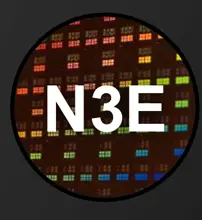- Pronouns
- He/Him
Between a nice OLED screen that plays Xenoblade 2 at 360p with fuzzy TAA and a laminated IPS LCD that plays that game at native 1080p with anti-aliasing and all settings cranked up, I'll take the latter.
I'd like a high quality OLED for the latter too, but that feels inevitable, Nintendo loves their hardware revisions. They've done it every single generation. The first model of Switch 2 will not be the last. First models of a new console always have their 'growing pains'. The original DS is the ugliest handheld Nintendo ever made, the DS Lite is one of the best. The original DS was still popular and desirable for the new games and experiences it brought.
It's a safe prediction that next year folks will be foaming at the mouth to play something like a new eye-melting 3D Mario and are willing to make compromises just as with the original Switch and BotW. Not that I think these are particularly large or drastic compromises.
I'd like a high quality OLED for the latter too, but that feels inevitable, Nintendo loves their hardware revisions. They've done it every single generation. The first model of Switch 2 will not be the last. First models of a new console always have their 'growing pains'. The original DS is the ugliest handheld Nintendo ever made, the DS Lite is one of the best. The original DS was still popular and desirable for the new games and experiences it brought.
It's a safe prediction that next year folks will be foaming at the mouth to play something like a new eye-melting 3D Mario and are willing to make compromises just as with the original Switch and BotW. Not that I think these are particularly large or drastic compromises.







